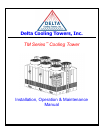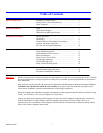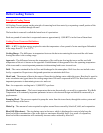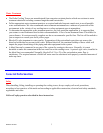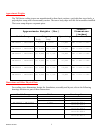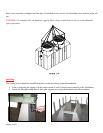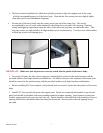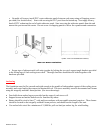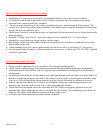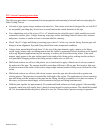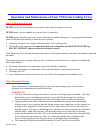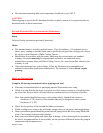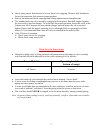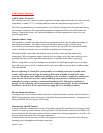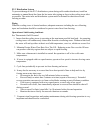
Revised 1-8-2007
2
Delta Cooling Towers
Principle of Cooling Towers
All Cooling Towers operate on the principle of removing heat from water by evaporating a small portion of the
water that is recirculated through the unit.
The heat that is removed is called the latent heat of vaporization.
Each one pound of water that is evaporated removes approximately 1,000 BTU's in the form of latent heat.
Cooling Tower Terms and Definitions
BTU - A BTU is the heat energy required to raise the temperature of one pound of water one degree Fahrenheit
in the range from 32° F. to 212° F.
Cooling Range - The difference in temperature between the hot water entering the tower and the cold water
leaving the tower is the cooling range.
Approach - The difference between the temperature of the cold water leaving the tower and the wet-bulb
temperature of the air is known as the approach. Establishment of the approach fixes the operating temperature
of the tower and is a most important parameter in determining both tower size and cost.
Drift - The water entrained in the air flow and discharged to the atmosphere. Drift loss does not include water
lost by evaporation. Proper tower design and operation can minimize drift loss.
Heat Load - The amount of heat to be removed from the circulating water within the tower. Heat load is equal to
water circulation rate (gpm) times the cooling range times 500 and is expressed in BTU/hr. Heat load is also an
important parameter in determining tower size and cost.
Ton - An evaporative cooling ton is 15,000 BTU's per hour.
Wet-Bulb Temperature - The lowest temperature that water theoretically can reach by evaporation. Wet-Bulb
Temperature is an extremely important parameter in tower selection and design and should be measured by a
psychrometer.
Pumping Head - The pressure required to pump the water from the tower basin, through the entire system and
return to the top of the tower.
Make-Up - The amount of water required to replace normal losses caused by bleed-off, drift, and evaporation.
Bleed Off (Blowdown) - The circulating water in the tower which is discharged to waste to help keep the
dissolved solids concentration of the water below a maximum allowable limit. As a result of evaporation,
dissolved solids concentration will continually increase unless reduced by bleed off.



